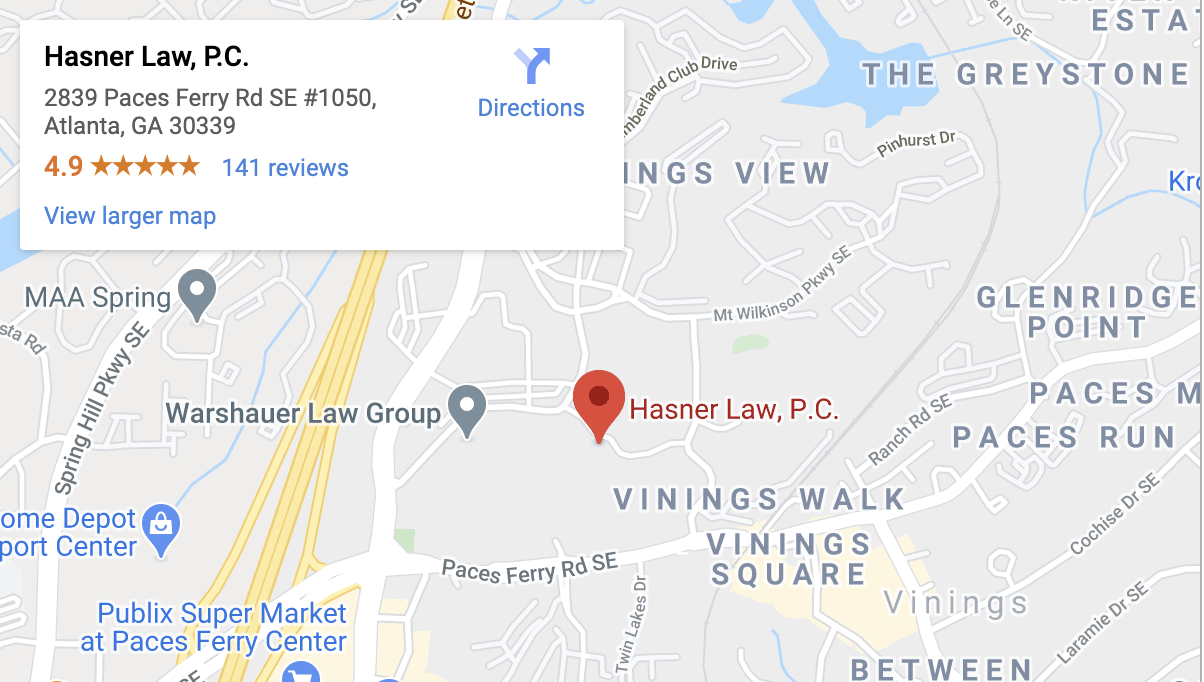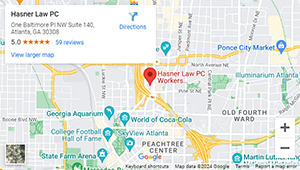What is the Burden of Proof and How Does it Apply to My Personal Injury Case?

Whether you are bringing a personal injury case or being sued in one, it is crucial to understand the burden of proof and how it applies to you. Naturally, as is true of all types of civil and criminal cases, someone in the lawsuit bears the burden of actually proving the case. What that means is that one party has to present evidence and meet the legal standard required by their type of case.
The burden of proof sets different expectations for each case and each party. In personal injury cases, the burden of proof is “a preponderance of the evidence.” This burden falls on the plaintiff, who is bringing the case.
What is a Preponderance of the Evidence?

A preponderance of the evidence means that the plaintiff has more likely than not proved their case. It is a low standard of proof, requiring only that the plaintiff show the scale tips slightly in their favor after arguing their case against the defendant.
This can be better shown through an example. Let’s imagine an auto accident scenario. Ms. Cat was in a car crash with Mr. Dog. Mr. Dog was speeding, going 50 miles over the speed limit when he rear ended Ms. Cat and caused her injuries. Ms. Cat brings a negligence claim against Mr. Dog for his reckless driving.
In this hypothetical, Ms. Cat is the plaintiff and thus bears the burden of showing that Mr. Dog was more likely than not negligent in causing her injuries. This distinction is important as the burden of a preponderance of evidence is a lower burden to meet than some other cases and claims.
How is the Burden of Proof Met?
In every case, there are a number of elements that must be met. A typical personal injury case is brought through a negligence action, which has four elements.
To prove negligence, a plaintiff must demonstrate the following:
- The defendant owed them a duty of care
- The defendant breached their duty
- The breach caused their injuries
- They experienced damages arising from their injuries
Importantly, a plaintiff must prove each element by the preponderance of the evidence. For example, the third element of negligence is causation. Causation requires the plaintiff to show that the defendant caused their injuries.
In the example above, Ms. Cat must show that it is more likely than not that Mr. Dog’s negligent driving caused her injuries. Ms. Cat can prove her case by presenting evidence for every element.
Evidence used to meet the burden of proof might include:
- Testimony. The plaintiff can testify that the defendant breached their duty by speeding, thereby causing the plaintiff’s car accident injuries. Witnesses can also testify to their personal observations and recollections of an event. Experts can give expert opinion testimony on various issues in a case.
- Documents. The plaintiff can submit documents, data, photographs, video surveillance, interrogatories and anything else that corroborates their version of events.
Note that this is not a comprehensive list of available evidentiary means. There are various ways to present case-specific evidence and can best be navigated by an attorney’s help.
What if You are on the Other Side of a Personal Injury Claim?
How is the burden of proof applied when the claim is being brought against you? Instinctively, we understand the defendant and the defendant’s attorney might try to disprove the claim brought against them. However, the defendant does not have to put on any evidence at all.
If the plaintiff cannot meet their burden of proof, the defendant is not liable for their personal injury damages. In other words, a defendant can simply challenge each of the elements to show the plaintiff has not met their required standard instead of trying to disprove all evidence presented.
In the car accident example above, all Mr. Dog would have to show that Ms. Cat fails to meet her burden of proof for one or more of the elements. In such a case, Mr. Dog highlights the weaknesses in Ms. Cat’s arguments and evidence. Mr. Dog would insist that Ms. Cat has not shown that it is more likely than not he caused her injuries through negligence.
The defendant does not bear the burden of any proof; he does not have to present evidence to prove his innocence (though he could certainly choose to).







